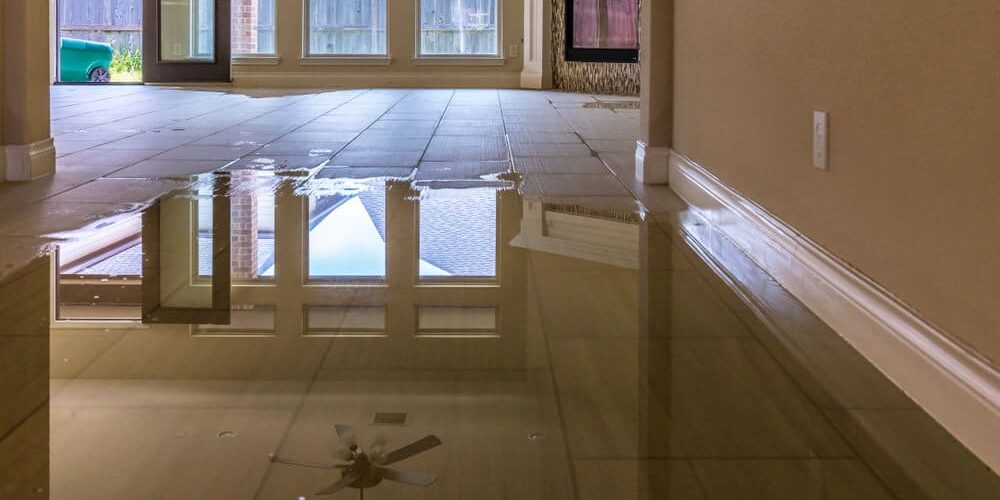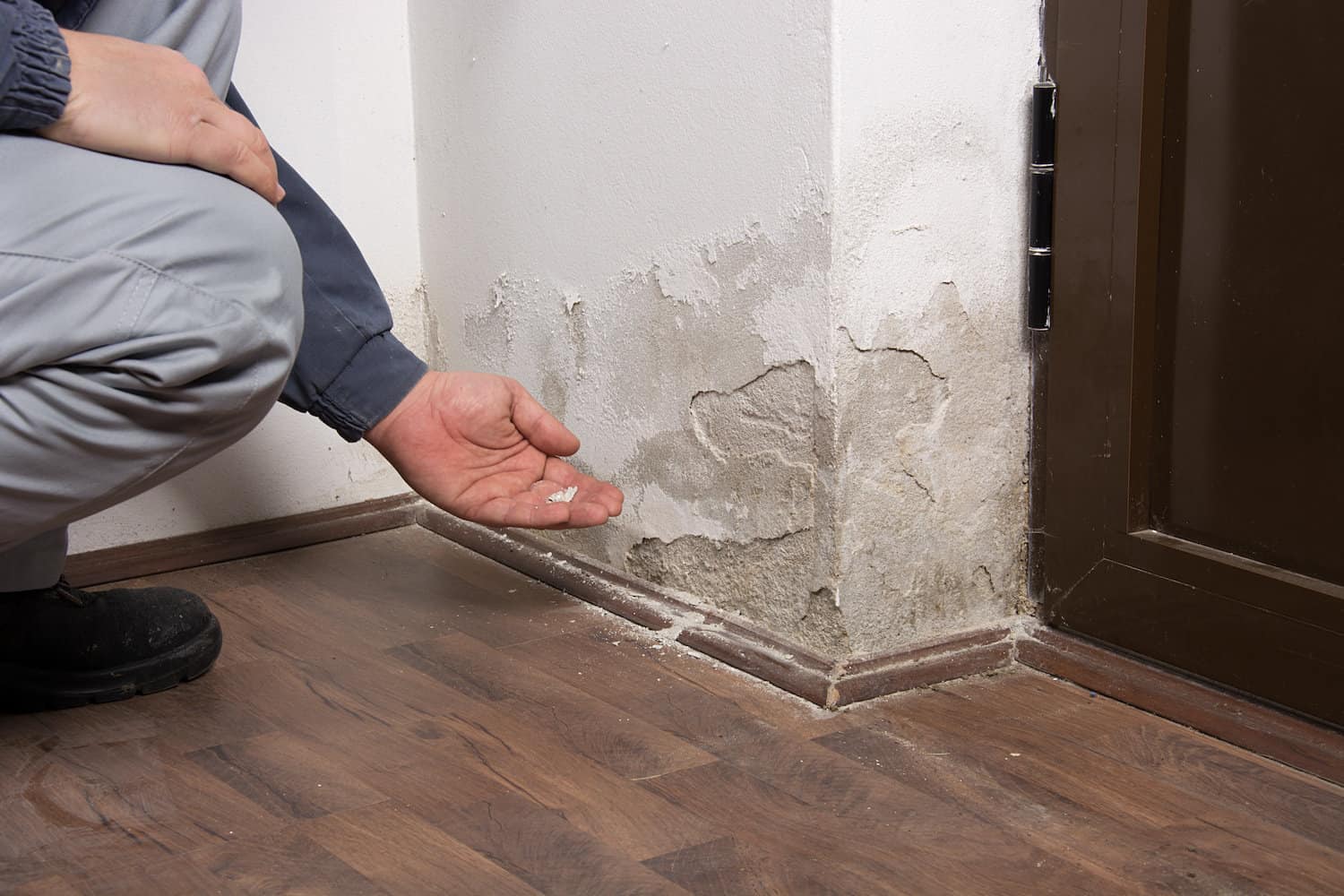The Process of Water Damage Cleanup: Ensuring Your Home Is Restored Properly
Water damage can be a complicated obstacle for home owners, demanding a thorough and organized cleaning procedure to bring back security and functionality. damage restoration services. Following this, effective water removal strategies play a crucial function in alleviating additional harm.
Assessing the Damages
Upon finding water damages, the initial step is to thoroughly analyze the level of the effect. This initial evaluation is critical, as it assists identify the necessary actions for efficient cleanup and reconstruction. Begin by checking the impacted locations, including walls, ceilings, floorings, and personal items, to determine the source of the water breach, whether from flooding, leaks, or condensation.
Documenting the damages is important for both insurance cases and preparing restoration initiatives - damage restoration services. Use pictures and written notes to capture the severity of the damages, noting any kind of afflicted architectural aspects and products. Pay unique attention to locations that may not be immediately visible, such as behind wall surfaces and under carpets, as concealed moisture can cause further issues, including mold development
Additionally, examine the timeline of the water exposure. The longer the materials stay damp, the greater the capacity for damages. Understanding the period of direct exposure will notify the necessity of remediation efforts. Inevitably, a comprehensive evaluation prepares for a successful water damages cleaning process, guaranteeing that all impacted locations are resolved efficiently and completely.
Water Removal Techniques

Professionals usually utilize submersible pumps for larger quantities of water, which can promptly reduce flooding in basements or other influenced locations. For smaller sized quantities, wet/dry vacuums are often made use of to remove residual moisture from carpetings and tough surfaces. Additionally, making use of mobile extractors enables for targeted removal in constrained areas or areas with fragile products.
In circumstances of contaminated water, such as sewer or floodwater, progressed extraction strategies might involve the usage of biohazard devices to guarantee safety and conformity with health regulations. High-powered removal tools are crucial in lessening water retention in structural products, which can cause mold development and structural wear and tear otherwise attended to immediately.
Ultimately, the performance of water extraction techniques plays a crucial function in the general success of the water damage cleaning process, laying the foundation for subsequent reconstruction efforts.
Drying and Dehumidification
Once standing water has been effectively drawn out, the next important phase in the water damage clean-up procedure is drying out and dehumidification. This step is crucial to avoid more damage and mold development, which can take place within 24 to two days in wet environments.
To accomplish reliable drying out, specialized devices such as industrial-grade air moving companies and dehumidifiers is employed. Air movers distribute air throughout wet surfaces, improving dissipation prices, while dehumidifiers decrease humidity degrees airborne, promoting a conducive atmosphere for drying out. The mix of these tools guarantees that dampness is extracted from wall surfaces, furnishings, and floorings, allowing them to dry thoroughly.
It is crucial to check the drying out procedure very closely. Specialists often use moisture meters to evaluate the moisture content in various materials, guaranteeing that all impacted areas reach acceptable dryness levels. This meticulous approach helps to stop hidden moisture pockets that could result in structural damage or harmful mold and mildew development.

Cleansing and Sterilizing
After the drying and dehumidification stage is total, the next essential action in water find out here now damage cleanup is cleansing and sterilizing the affected locations. This process is critical to protect against the development of mold, microorganisms, and other pathogens that prosper in moist settings.
The cleaning stage commonly includes removing any type of debris, dust, and contaminants from surface areas using specialized cleansing agents. For tough surfaces, a mix of soap and water or commercial cleansing products is commonly utilized. Soft products, such as upholstery and carpetings, may need more considerable cleaning approaches, including heavy steam cleansing or deep extraction strategies, to guarantee detailed cleanliness.

Disinfecting follows cleaning, utilizing EPA-approved disinfectants to eliminate hazardous bacteria. This action is important, particularly in areas that might have entered into contact with floodwaters or sewage, as these resources can posture major health and wellness threats.
Additionally, it is very important to attend to any kind of remaining odors, which may need making use of smell neutralizers or innovative techniques like ozone treatment. Appropriate cleaning and sterilizing not just see page recover the safety and security and health of your home yet also lay the groundwork for successful remediation and repair services in succeeding phases of the water damages clean-up procedure.
Repair and Fixings

Once the analysis is total, restoration efforts can start. Furthermore, flooring may call for comparable focus, depending on the level of water direct exposure.
It is important to involve skilled reconstruction professionals throughout this procedure, as they possess the proficiency to manage complex repair work properly. They can help minimize potential future problems, such as mold and mildew growth or architectural instability, hence ensuring a risk-free and habitable living setting. Ultimately, efficient reconstruction and repair work recover the home's honesty and enhance its overall value.
Final Thought
To conclude, the process of water damage cleaning is crucial for restoring a home to its pre-damage problem. Each stage, from assessing the damage to applying reliable water removal strategies, followed by comprehensive drying, sterilizing, and required repair services, plays a crucial duty in making certain safety and security and conformity with structure requirements. Efficient execution of these steps not only mitigates prompt damages however likewise improves the long-term integrity and worth of the home.
Water damage can be an overwhelming obstacle for property owners, necessitating a organized and careful cleanup procedure to restore safety and security and performance. Inevitably, a detailed analysis lays the groundwork for an effective water damage clean-up procedure, making sure that all affected areas are addressed successfully and thoroughly.
Efficient water removal techniques are crucial in reducing damages and preventing additional complications complying with a water breach event.In final thought, the procedure of water damage clean-up is essential for restoring a home to its pre-damage problem. Each stage, from assessing the damage you could try this out to applying effective water extraction methods, adhered to by extensive drying out, disinfecting, and required repair services, plays an essential function in making sure safety and security and conformity with building standards.